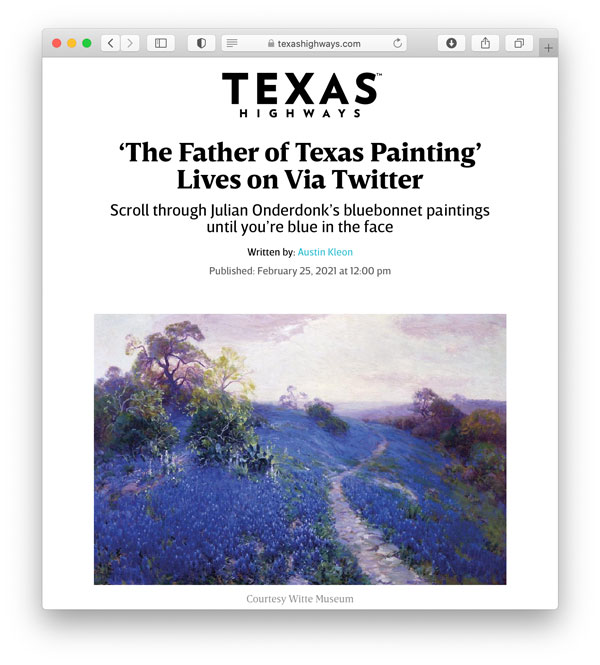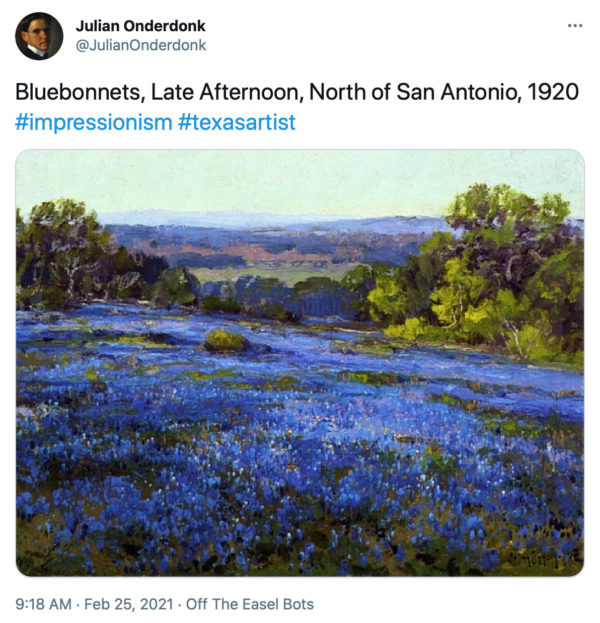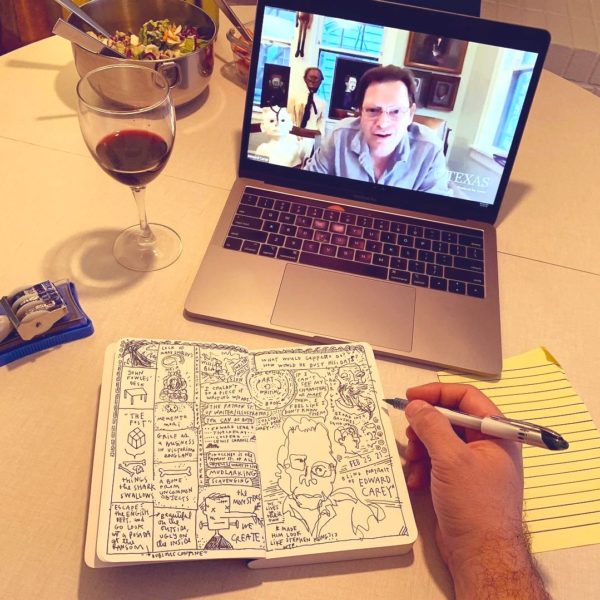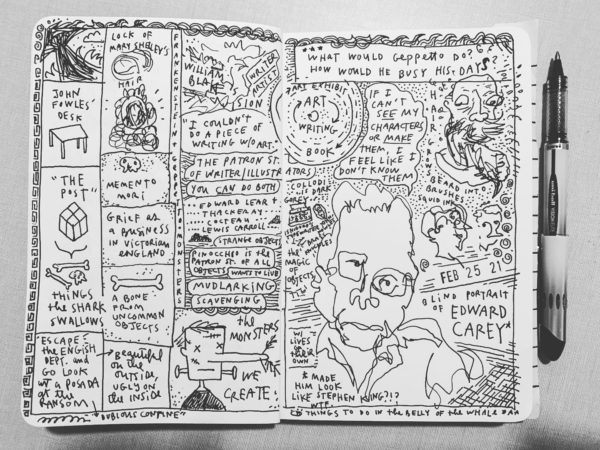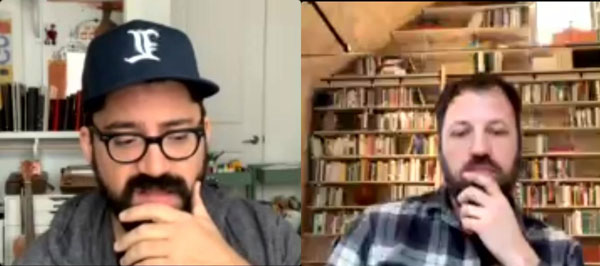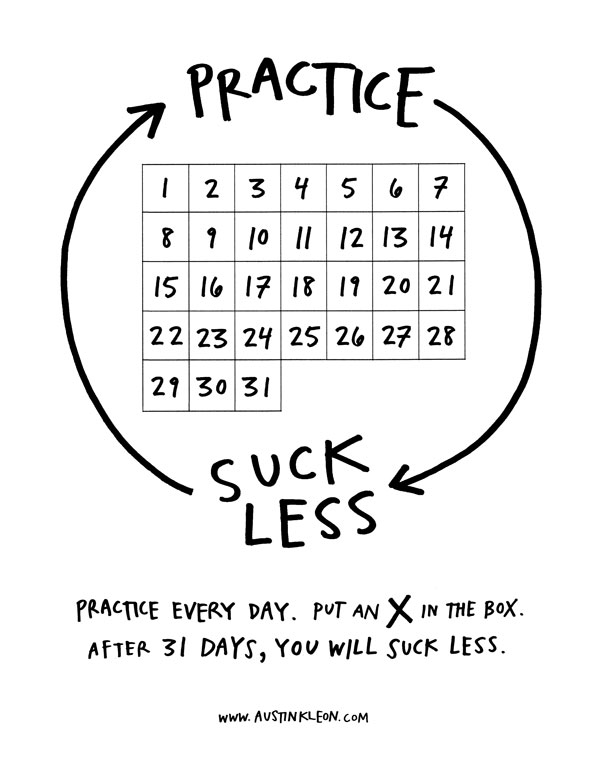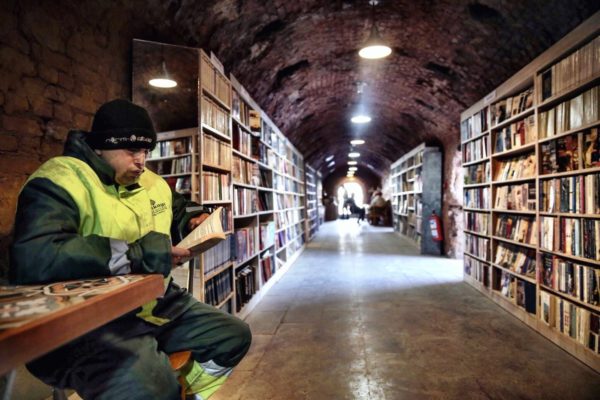
“The things people refuse / are the things they should use”
—Bob Marley
The Czech writer Bohumil Hrabal once worked as a trash compactor, and, according to the critic James Wood, he “rescued books from the compacting machine and built a library of them in the garage of his country cottage outside Prague.” He based his wild, short novel Too Loud a Solitude on his experiences, giving them to the fictional narrator, Hanta, who says he “can’t quite tell which of my thoughts come from me and which from my books.” (Same.)
Because art imitates life only for life to imitate art, last week I read a story about garbage collectors in Turkey who opened a library in an abandoned brick factory from books they rescued from their trash roundes. The library now has over 6,000 books. (They also turned a garbage truck into a bookmobile and formed a band from tossed-out instruments.)
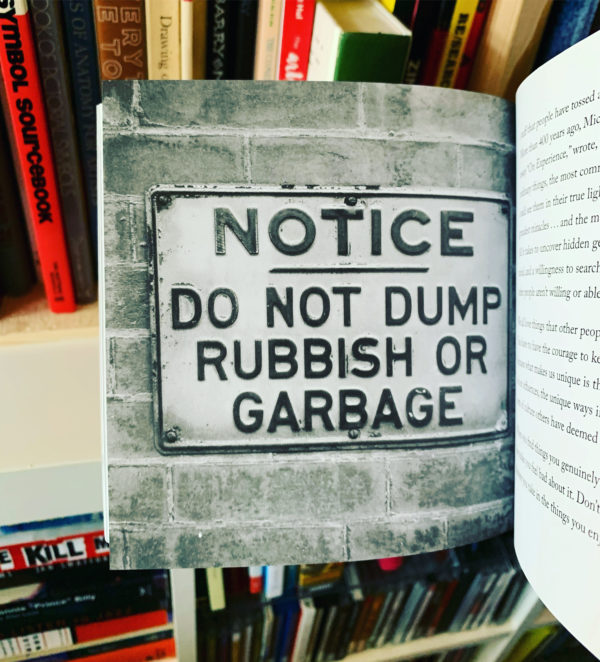
In my book Show Your Work! I wrote about Nelson Molina’s TREASURE IN THE TRASH collection in New York City. Here’s a great video of art critic Jerry Saltz visiting the collection:
Atlas Obscura’s entry notes that “‘Stealing’ things from the trash for personal use is a big no-no in the world of sanitation.” But as Mark Twain said, quoted in Steal Like An Artist, “It is better to take what does not belong to you than to let it lie around neglected.”
Everything is eventually headed for the dump. Books, ideas… you name it. What you rescue from the dump, the treasures you keep, that’s part of your work.
Filed under: trash
